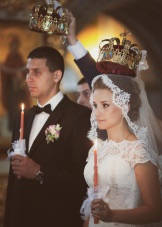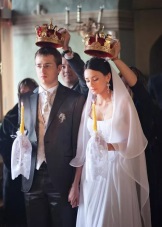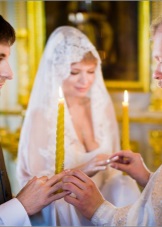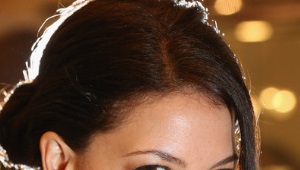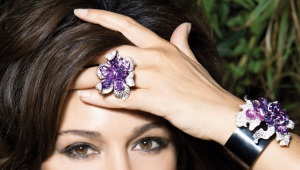Orthodox rings

A bit of history
The most famous Vatican Museum has a huge collection of ancient Orthodox artifacts. The first icons, censers, medallions, Christian crosses of the 3rd-4th centuries. The very first, most ancient rings are also collected. In those distant times, with the beginning of the spread of Christianity, crosses were not worn. The rings were symbols of faith.


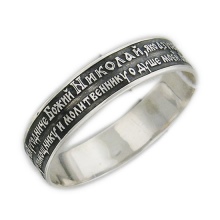
Ancient Christians wore thin, simple, without inscriptions, iron, gold or silver rings. They had a round disc engraved with the letters XP, which means Christ. Pectoral crosses began to be worn much later. The rings were worn on the ring finger.

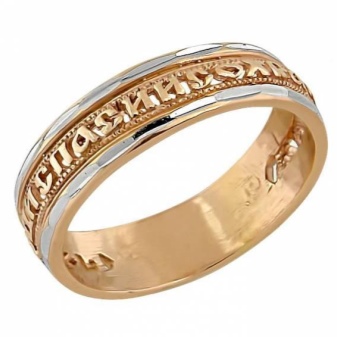
In the scriptures, this decoration is called a ring, from the word finger - a finger. This ring symbolized the reunion of man with God, unity with him and eternity.
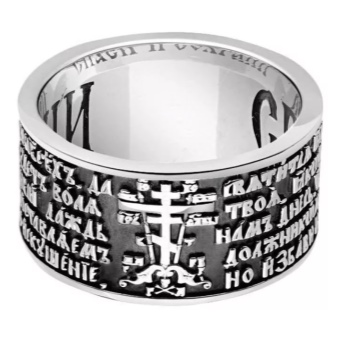
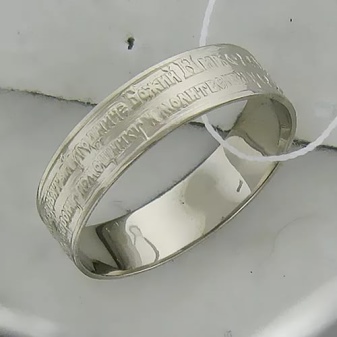
The tradition of wearing rings came to Russia along with Christianity from Byzantium in the 2nd millennium from the Nativity of Christ. Much later, words from a prayer began to be applied to these rings and worn not only as a symbol of faith, but also as a talisman. They became especially popular in the 19th century.
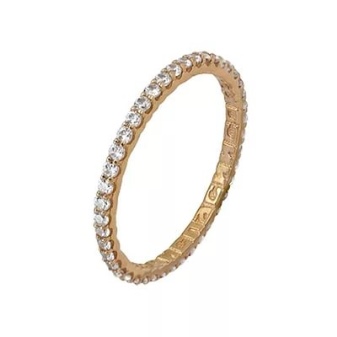
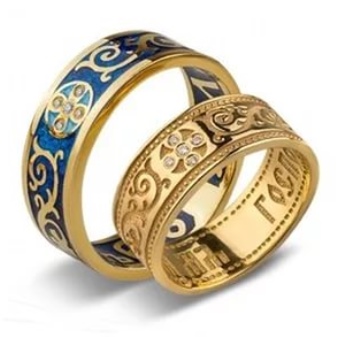
Now they are sold in church shops, in jewelry stores as jewelry or souvenirs.
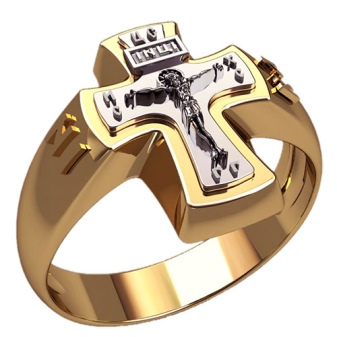

There are the following types of Orthodox rings:
- Golden
- Silver
- with enamel
- Inlaid with precious and semi-precious stones
- Simple iron
- With prayers
- With the image of icons or ornaments
- Wedding and engagement
- Men's, women's, children's

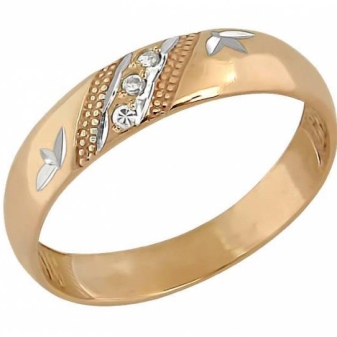
Charm or decoration
In ancient times, Christian rings served as identification marks, thanks to which people recognized their fellow believers. And much later, prayers were engraved on them, endowed with the properties of a talisman.



People do not always buy these rings with faith in their souls, many take them as stylish jewelry or as a gift. Some believers are shy or do not want to openly show their faith, and try to choose jewelry that has a prayer on the inside.

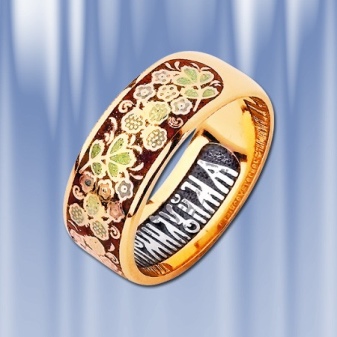
Even among the priests there is no consensus on whether it was a talisman or just a ring as a symbol of faith. Most are inclined to believe that the main task of such a ring is to remind a person of faith, of his belonging to Christ.
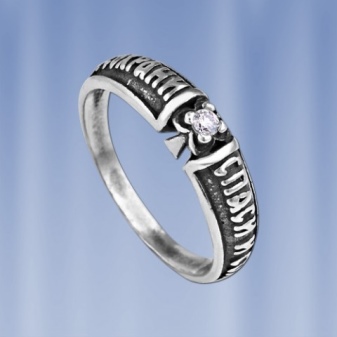
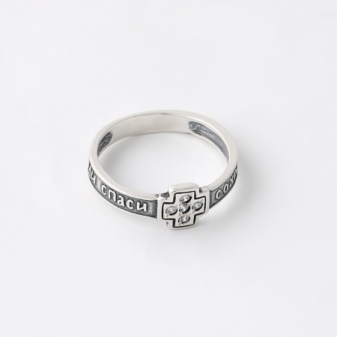
However, there are many stories related to the miraculous protective properties of consecrated jewelry. Often people notice that the ring suddenly changes color, turns black, or suddenly the metal bursts, or the jewelry is accidentally lost. Church ministers often associate such cases with the fact that the ring averts misfortune from its bearer by taking it upon itself.
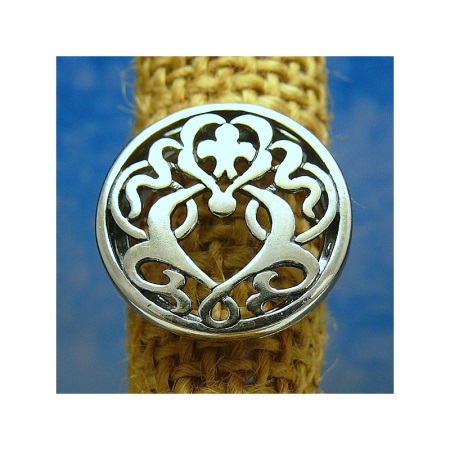
How to choose and wear
In order for Orthodox jewelry to be useful, to protect from bad people and troubles, they should be worn following certain rules. The most important point is faith in God and a righteous life.
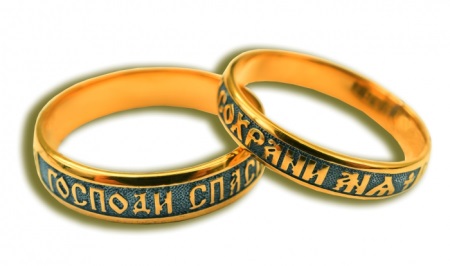
It is best to buy all such products in a church shop. There they are immediately consecrated with holy water and special prayers read by the priest. Only consecrated objects have protective properties.
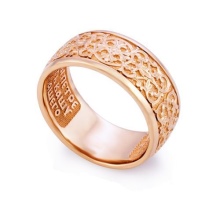

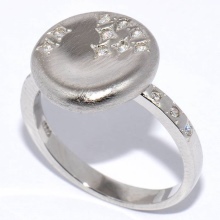
From metal, it is better to give preference to silver.In order not to harm your energy, you should not wear products made of different metals.
Holy things must be treated with respect, not scattered anywhere. Carry with you all the time. Try not to lose, as the loss of a consecrated ring can mean the loss of Divine grace.
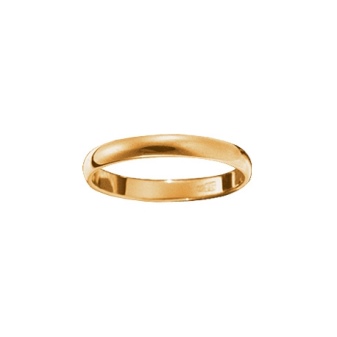
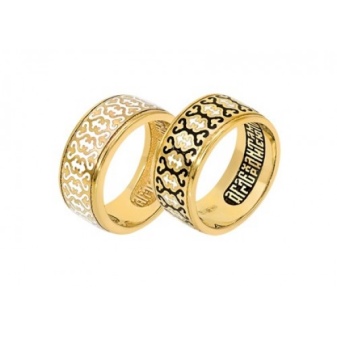
Orthodox rings should be worn on the thumb, index or middle fingers of the right hand. Since it is with these fingers that a person makes the sign of the cross. If a person has passed the wedding ceremony, then, together with the wedding ring, a ring with the prayer “Save and Save” can also be put on the ring finger.
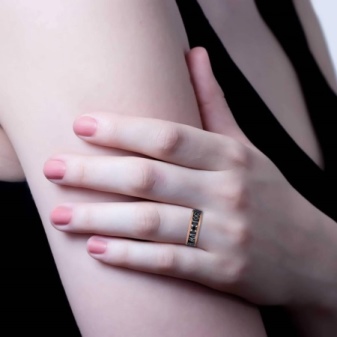

It is worth noting that the one who wears consecrated objects must be baptized.
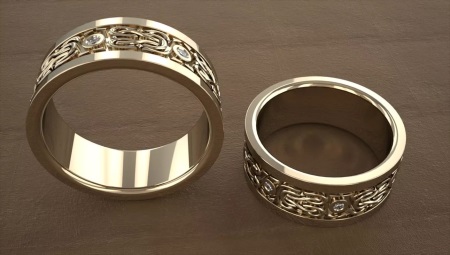
Men's, women's and children's
In the modern world, there is a huge selection of Orthodox rings. Church decorations with the prayer "Save and Save" do not have a division into male and female. Everyone can wear them, regardless of gender and age, the main thing is to choose the right size. For men, you can include rings with the Jesus Prayer, with the image of the icons of Nicholas the Wonderworker, Archangel Michael, Archangel Gabriel. Signet rings, for example, the signet "George the Victorious" looks very solid and majestic. More feminine ones include rings with a prayer to the Mother of God.
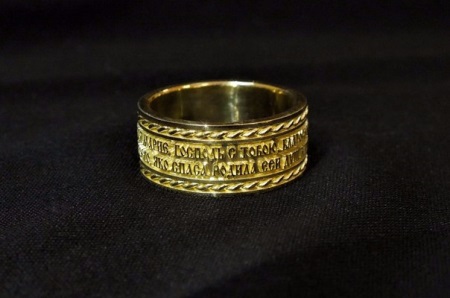
Also, women's jewelry has thinner and more refined lines, they are covered with colored enamel, decorated with floral ornaments, colored precious or semi-precious stones. Mostly they contain images of the Virgin, St. Matrona and other holy women.
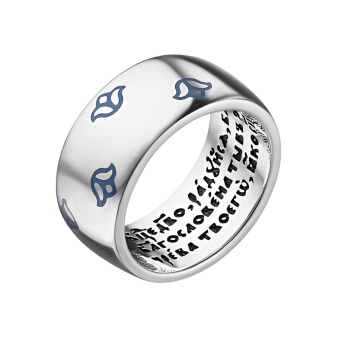
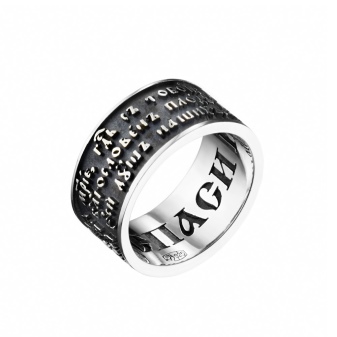
Children's Orthodox rings do not have any special differences from adults. They carry the same security mission. In their manufacture, precious stones and complex patterns are practically not used.


Gold and silver for the Orthodox
The most common metal for making Orthodox rings and jewelry is silver. This metal is a symbol of purity, innocence, chastity. Women are advised to wear silver rings.
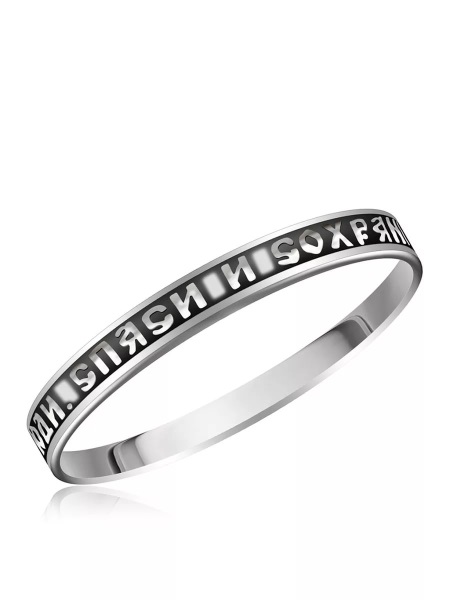
Silver metal tends to be covered with an oxide film - to oxidize. Therefore, over time, such decorations may darken. But do not give the darkening of the metal any negative meaning. This is a natural process. The oxide film must simply be cleaned off with a soft cloth with chalk or soda.
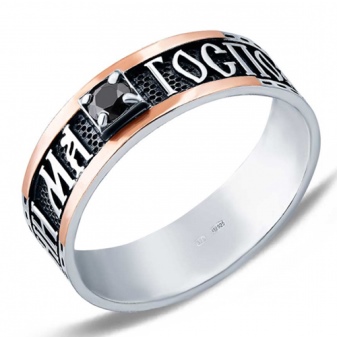

Gold in Christianity is considered a symbol of the divine glory of Christ. Rings made of this metal are worn mainly by men and clergy. Unlike silver, such jewelry does not darken.
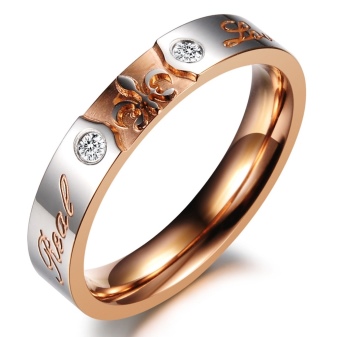
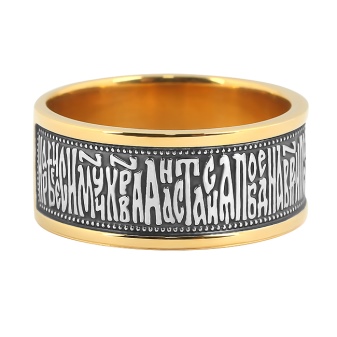
sacrament of wedding
According to Orthodox traditions, the husband symbolizes Christ, and the wife symbolizes the Church. The wedding unites the husband and wife, Christ and the Church into one whole. The symbol of this sacred union is the rings that the newlyweds exchange, giving each other vows of love and fidelity, self-sacrifice for the sake of the family.
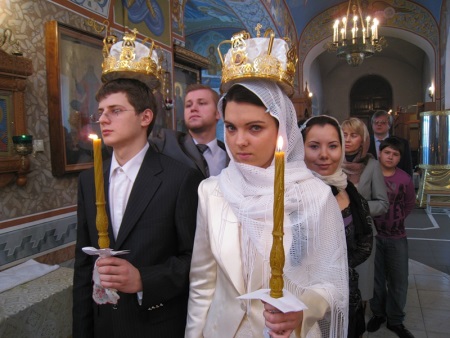
Initially, in ancient Russia, the sacrament of the wedding preceded the betrothal. Then these ceremonies were combined into one. They were held exclusively in the church. In the modern world, this rite is not necessary.

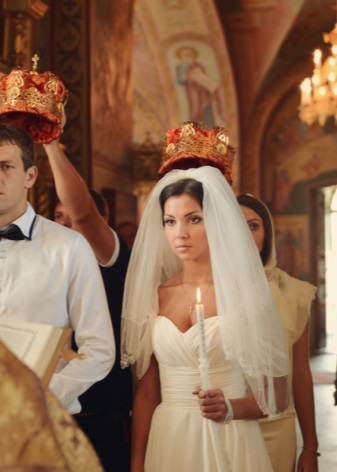
Wedding rings are not properly perceived as jewelry. They should be simple, without unnecessary decorations, even one diamond is overkill. The only thing that is allowed is the engraving of the words of the prayer "Save and Save" on the inside. You can also knock out the date of the wedding and the names of the spouses. The priest has the right to refuse to consecrate rings that are too elaborate.
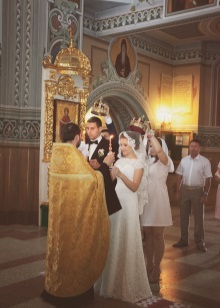
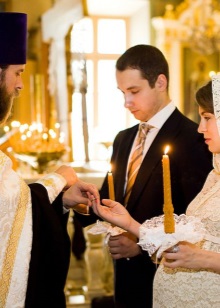
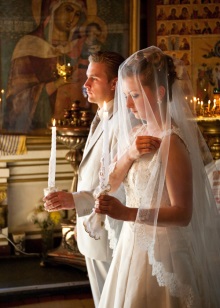
Also, according to tradition, these rings should be different. Gold for the husband, silver for the wife.Their spouses wear on the ring fingers of the left hand. In ancient times, it was believed that an artery leading to the heart passes through this finger. Thus, Orthodox rings are not decorations in the secular sense, they have an important, sacred meaning for Christians. They should be worn meaningfully, respecting and observing traditions and certain rules. And then they will serve as a very strong amulet and a reminder of the Christian faith.
